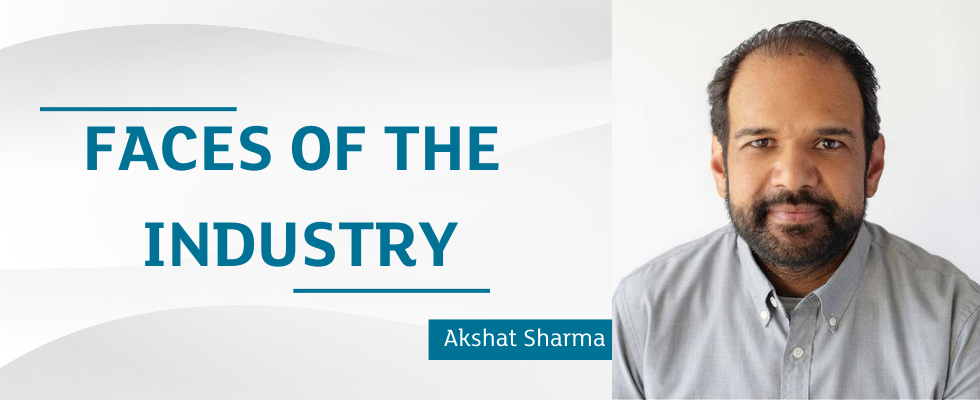
Akshat Sharma first entered the industry as a project manager focusing on large mechanical seal and seal support systems. Today, Sharma works as the global monitoring and controls manager for ITT Inc. and has contributed as a writer to Pumps & Systems magazine on several occasions. We had the opportunity to ask Sharma a few questions about his career, and here is what he had to say.
What is your favorite part of your job?
My favorite part of the job is seeing all the different industries and applications for rotating equipment and how critical it is for allowing our modern lifestyle. I greatly enjoy analyzing data to make informed decisions, using different products and tools to solve user challenges and seeing the tangible results of improved operations.
What is the most challenging part of your job?
In our industry, people and organizations can become used to their way of doing things. I can see the benefits new technologies bring to a wide variety of applications for these systems, but users often fear something different, as they don’t want to disrupt operations or challenge the status quo within their company. It can sometimes be challenging to get people to invest in these technologies and understand how to best use them. On the other hand, it is also very gratifying when pumps and systems operators trust a provider to try something new. Even starting small to manage risk and control implementation, they can discover how best to use new tools and see improved results for their business after putting in the effort for deployment.
What are your long-term career goals?
I love developing innovative solutions for manufacturing facilities. I enjoy building high-performing teams that align technological advancements with business objectives, because it’s clear how that fosters positive change at the company level and across industries. I plan to continue building excellent end-user relationships and establish best practices that keep pace with industry changes.
What is some advice you’d give to a young professional in the field?
It’s all about problem-solving. Spend some time learning the fundamentals, including knowledge of pump types, system components and fluid dynamics. Familiarize yourself with industry standards and regulations too. These skill sets will enable you to diagnose issues effectively.
I’d also suggest building a network through industry groups, forums and conferences as much as you can. These events will also help to keep you abreast of advances in the industry and provide continuous learning opportunities. The industry is fairly tight-knit, and maintaining relationships will help with technical assistance and provide opportunities for career growth.
How has the industry changed since you first started?
I’ve seen the pumps and systems industry undergo significant transformations driven by advancements in technology and a growing emphasis on sustainability. The integration of smart technologies, such as the Internet of Things (IoT) and advanced sensors, has revolutionized pump monitoring and control. Digitalization has become a cornerstone, with Industry 4.0 technologies enabling more sophisticated data analytics, remote monitoring and predictive maintenance. These technologies have enhanced system operation with the ability to provide real-time data on performance, predict maintenance needs and optimize energy use, enhancing overall efficiency and reliability.
There has been a large push toward energy-efficient systems to reduce operational costs and environmental impact. Innovations in pump design and operation, such as variable frequency drives (VFDs) and more efficient impellers, have significantly improved energy consumption rates. The heightened focus on sustainability is driving the industry to adopt green technologies and practices. This includes the use of—and applications for—renewable energy sources and a greater emphasis on machine life cycles to increase sustainability from production to end-of-life.
Lastly, with a lot of technical talent within the industry already retiring or coming up on retirement, there is increased focus on attracting young professionals to the industry and how best to transfer knowledge from existing personnel.

